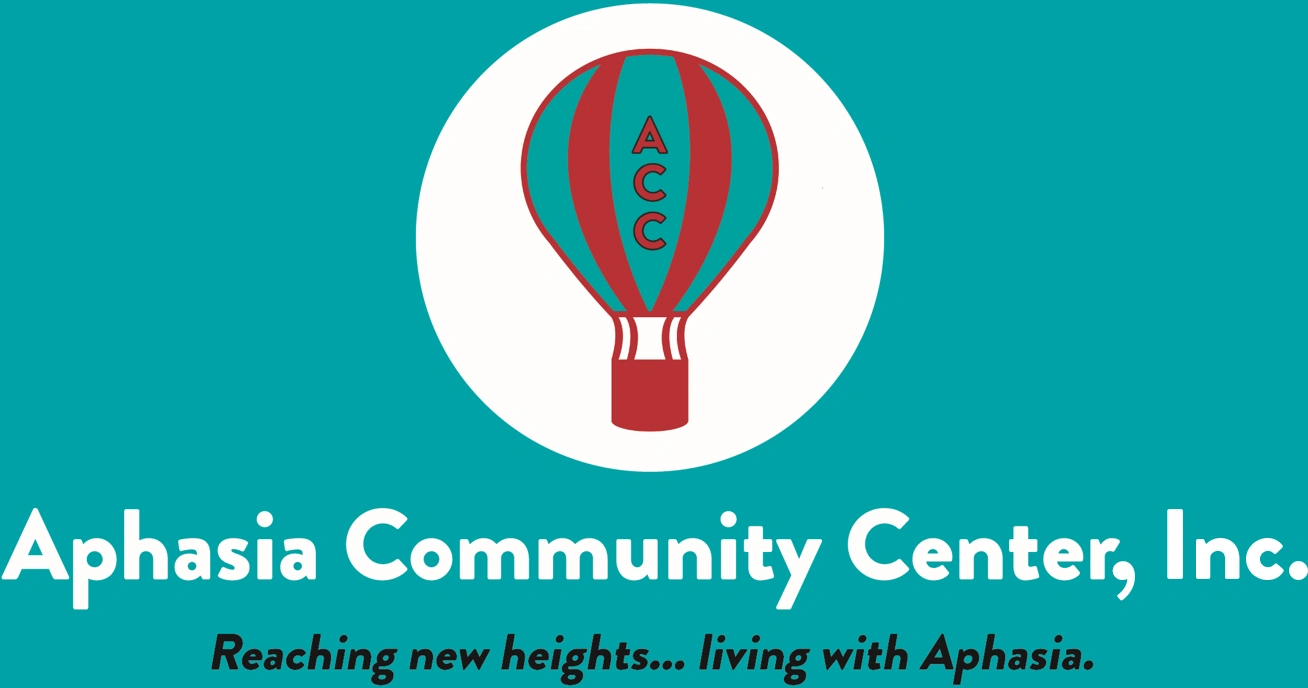Try these tips to help communicate with your loved one with Aphasia. The suggestions may help the person with Aphasia to understand and communicate easier.
To help me understand, try these things:
- Make sure I am paying attention before you start talking.
- Keep your voice at an average level. You only need to speak louder when I ask you to.
- Slow down.
- The words you use should be simple but adult. Don’t “talk down” to me.
- Use short sentences. Repeat keywords that I need to understand.
- Use pictures, gestures, writing, and facial expressions, which are sometimes easier to understand than words.
- Use “yes” and “no” questions so I can give simple answers you will understand. Then, repeat my message back, so I can tell you if you understood me correctly.
- Offer me two or three choices rather than asking an open-ended question. “Do you want to go for a walk or swimming?” instead of “What should we do this afternoon?”
To help me communicate, try these things:
- Give me time to speak. Don’t rush me.
- Watch my body language and gestures, which help me convey my point.
- Try not to finish my sentences. That makes communicating more difficult.
- Ask me to write, draw, point, or gesture as another way to communicate.
- Reduce distractions to help me better understand and communicate. Decreasing distractions could involve turning off the TV or radio and minimizing the number of people present.
- Let me make mistakes. I may not say everything perfectly. What is important is that we understand each other.
- Let me try to do things for myself. I may not get it right away. But if I need help, I will ask for it.

